
Complete New Puppy Checklist for the Owner to Be
To help you along on your journey into puppy parenting, here is a must-read New Puppy Checklist which should start you and your pup off on the right paw.
It is designed to give you the confidence you need to make the right choices and satisfy your puppy’s basic needs for a happy and healthy life together.
As the mom or dad of a new puppy, you may not even know what you don’t know about your adorable ball of fur. Sharing your life with a small dog rocks, but it is a huge responsibility as well.
No matter what life throws your way, how much you change, get busy, need to relocate, or experience a change in income, that puppy will depend on you. You may need to make compromises along the way to be there for your puppy’s entire lifetime (10, 15, or maybe 20 years), but the rewards will be many!
Choosing Your Puppy
Long-coated dogs require more grooming. Puppies need house-breaking & training. Energetic breeds (hounds, shepherds, spaniels, pointers, terriers, and retrievers, to name a few) need plenty of exercise, while large breeds, in time, do best with more space.
Before you adopt, ask yourself:
- How much time can I spend with a puppy each day?
- Where will the puppy be while I’m at work, school, or running errands?
- Is there a place for his bed, bowls, and toys?
- How much time can I devote to grooming?
- Can my budget accommodate his basic needs plus emergencies?
- Will I care for my new best friend no matter how my life changes?
Apartment Dwellers and Renters
Small dogs work well in small spaces, but some breeds grow quite large. Will your rental agreement allow a dog who will grow to 25, 40, or 100 lbs.? If your dog is alone a lot, you must find a way to prevent boredom so that he won’t become destructive or bark, which could disturb people who share walls with you.
Children in the Household
Labradors, Golden retrievers, Shepherds, and Schnauzers are only a few breeds that make wonderful family dogs, while small dogs can be overwhelmed by the smallest humans and become snippy.
Supervise ALL animals around children, and teach children not to disturb a dog while he is sleeping, eating, or playing with his toys. Make sure your pet’s toys do not resemble clothing items or even your kids’ playthings so that you won’t set your furry youngster up for a mistake.
Allergy Issues
Being around pets can strengthen the immune system, yet some people are allergic to doggy dander. Vacuum the house, bathe the dog, and check with your doctor on ways to keep yourself more comfortable. All dogs shed but breeds that do so minimally include the Airedale, Bichon, Cairn Terrier, Maltese, Shi Tzu, Poodle, Puli, and Yorkie.
20 Hypoallergenic Dog Breeds You Can Cuddle with Worry-Free - If you love dogs and you want to get one but you're allergic, check out these 20 hypoallergenic dog breeds you can choose from.
Where to Meet Your New Dog or Puppy?
Local Animal Shelters take in 6 to 8 million dogs each year and 25% are purebreds, while there are rescue organizations in most cities the specialize in breeds or mixes. Research personalities and traits of different breeds for the perfect match. We encourage you to adopt a puppy, but if you want to go to a breeder, contact the American Kennel Club for a reputable one. Avoid stores that sell puppy mill pets.
7 Must-Haves on Any New Puppy Checklist
Once you’ve chosen the perfect new family member, it’s time to satisfy your puppy’s basic needs. Start by marking off these 7 important items on your new puppy checklist.
1. Supplies & Items to Budget for
Have the following covered before you bring your puppy home:
- Bed
- Bowls
- Best quality food that your budget can buy
- Brush, comb, flea comb
- Carrier/Crate
- Collar, Harness, Leash & Car Restraints
- Dog License, ID Tag & Microchip
- Appointment for Veterinary Visit
- Pet Toothbrush & Pet-specific Toothpaste
- Flea & Tick Prevention
- Pet First Aid Kit & Class
- Toys
- Obedience Training
- Doody Bags & Wee Wee Pads
- Enzyme Floor & Carpet Cleaner
- Photo Album (The first year goes by quickly, make sure you capture it!)
- Veterinary Care & Insurance
- $$$ for Unexpected Expenses
10 Best Dog Beds to Treat Your Pooch Like Royalty - Time to treat your dog like royalty by browsing these 10 best dog beds and choosing the one that suits him best.
2. Health & Safety Team
Through research and conversations with other pet parents and professionals, you must assemble a health & safety team to work with you providing care and teaching manners.
Veterinarian
To choose a great “Second Best Friend” for your puppy (you are his First!), consider the following:
- Location, Office Hours, Payment Options, Range of Services
- Can you get an appointment quickly?
- Does the vet have a good bedside manner and answer questions to your satisfaction?
- Is the facility approved by the American Animal Hospital Association (AAHA) and are they Fear Free® Certified?
- Notice if the office is clean, the waiting room accommodates multiple pets, and if the front office staff is helpful.
Animal Emergency Center
Some are open 24/7 while others keep the hours your veterinarian is closed (typically 6 PM-8 AM the next morning). Find the Animal ER nearest your home, your favorite park or hiking location, and wherever your dog goes. Learn where to park, what entrance to use if your dog can’t walk, what services are available (i.e. X-rays, MRIs, blood transfusions, antivenin for snake bites) and payment options.
Dog Obedience Trainer
Every dog needs manners and someone to teach them to him. If hiring a professional trainer isn’t in your budget, you must take it upon yourself to, patiently and kindly, teach your puppy the basics. “Come” can keep him out of harm’s way, “Sit” means please and can stop him from jumping, while “Leave it” could prevent your pup from ingesting poison!
Repetition is key, but puppies have short attention spans, so practice several times daily in short 5-10 minute increments. Humans have boundaries and do best when they’re courteous to others, so our four-legged companions must be taught the same in order for us to peacefully coexist.
Why Does My Dog Sit on My Feet? Dog Behavior Explained! - Your dog may lie on your feet for a variety of reasons, from security to affection. We explore their behavior and see whether you need to be worried or not.
Groomer
Most people think of this health & safety team member as the beautician, but in reality, there is much more to your puppy’s groomer. Even more than your veterinarian, a groomer examines your pet’s skin and can notice eruptions, scrapes, and allergic reactions. They may be your puppy’s first line of defense in finding a problem early.
Professional Pet Sitter
Although you might think the enthusiastic neighborhood teen who loves your puppy is a good choice when you head out for a night on the town, please hire a professional pet sitter. The person caring for your furry child must know how to handle emergencies and keep an eye on what your puppy might do before he does it.
Someone who will check twice that your little dog’s leash and collar are secure, that the water wasn’t left running, and who won’t be late to let him out to answer nature’s call is your best choice. Knowledge, experience, and dependability are key traits to seek out in your pet’s caregiver.
3. Proper Identification
Collars should be checked daily to assure they fit properly, especially as your puppy grows. Make sure printing on ID Tags remains legible and that the info is correct. Include the following:
- Your name, address, and telephone numbers
- Medical problems requiring medication
- Veterinarian’s name & number
- Current rabies vaccination information
- Reward offer which increases the chances your dog will be returned to you
Since tags can fall off, microchips are an excellent back-up. A tiny electronic chip enclosed in a glass cylinder (about the size of a grain of rice), microchips are injected just under your dog’s skin, between the shoulder blades. This is often done when your pup gets spayed or neutered, or may be done when you bring him home to live with you.
Microchips do not have batteries, but rather, are activated when a scanner is passed over the dog’s shoulders. They transmit an ID number to the scanner along with the name of the microchip’s manufacturer. If you have properly registered the tag, your contact information will be accessible. Remember to update the info if anything in your life changes.
4. Safe Environment
Get down on all fours and observe your house and yard from your puppy’s perspective. Although life may look tidy from where you stand, the world looks completely different from a curious puppy’s height!
a. Keep dangerous items and toxins out of paws reach:
- Floor (rubber bands, thumb tacks, electric cords, freshly mopped floors, and much more)
- Countertops & Hanging Electric Cords (food, knives, electric appliances)
- Unlatched Cabinet Doors & Shelves (cleaners, pesticides, garbage)
- Outdoors (plants, fertilizers, insecticides, garden tools, swimming pool, and more)
b. Seek out “Animal & Wildlife Friendly” products
Any product your dog gets on his paws or coat will be ingested when he licks, so keep it toxin-free.
c. Have the number to the Pet Poison Helpline handy – (800) 213-6680
Also know how to dilute poison or induce vomiting before getting your pup quickly to veterinary care.
Dogs, young or not, have a keen sense of smell causing them to seek out various scents. Olfaction, the act of smelling, is a dog’s primary sense and is a thousand times more pronounced than in humans, which means they can smell items behind cabinet doors, on shelves and countertops, and in the yard, and will try to seek them out.
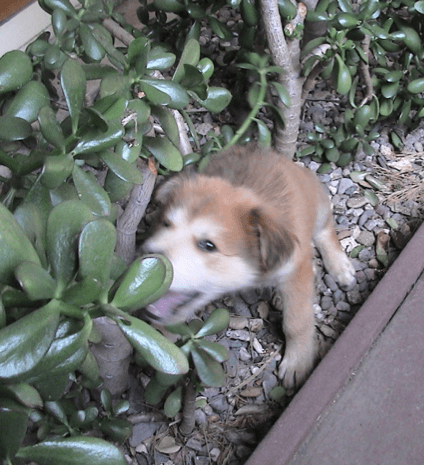
5. Give Your Puppy a Weekly Head-to-Tail Check-up
Get your fur child used to your touch so that you can not only find a small problem before it becomes a nightmare, but so that your pup will become a GRReat patient at the veterinarian and groomer.
Look & feel your mini canine from head-to-tail:
- Check ears for foul odor or redness
- Make sure eyes look clear, pupils are equally dilated, and there’s no excessive tearing
- Puppy breath should not be unpleasant
- Feel for lumps and bumps – catching a tumor early could save a life
- If your pooch’s skin is flaky or his coat is dull, bathe, brush and add Omega 3s (fish oils) to his diet
- Remove parasites, burrs or foxtails
- Check paw pads for cracks and make sure nails are trimmed short
- Note if the youngster is keeping private areas clean. If not, wipe with a warm cloth
Dog Bad Breath: Main Causes & How to Get Rid of It - If you've ever wondered how to get rid of dog’s bad breath, you're in the right place. In this article, we look at dog bad breath causes, treatment, prevention, and more.
If you notice a change in how often your puppy is requiring you to perform the following tasks, you should schedule a vet visit: drinking more or less, eating more or less, using the bathroom more or less frequently. Also, pay attention to his posture so you can notice if it is difficult for him to get up or down, if he is favoring a limb or sitting with a leg cocked out to the side.
6. Socializing, Training & Exercise
A friendly pet makes for a good family member, so introduce him early (in controlled situations) to other pets and people. Familiarize him with the sounds of a vacuum and doorbell, the movement of bicycles, skateboards, and wheelchairs as well as slippery tile floors so that life won’t be scary.
A puppy who learns basic commands is less likely to dash into traffic or eat something poisonous and by knowing his manners, such as when not to bark or jump up, he becomes a welcomed family member. He won’t read the manual, so you must work with him daily and then continue throughout his life to keep him sharp.
Exercise is great for everyone, whether human or canine. Movement keeps muscles toned, joints limber, and weight under control. A tired dog is a good dog, so it will also help your puppy to mind his manners when you need him to settle indoors.
7. Quality Time
The meaning of life for your puppy is special time with his favorite person — YOU! Canine lives are much shorter than ours, so make every minute count. Take time out to do special activities together, such as throwing a ball, grooming, belly rubs & ear scratches, hiking, or getting involved in agility, tracking or other activities.
Be in the moment like your puppy is with you – that first birthday comes around so quickly! Together you can experience the joys of unconditional love.

Caring for a Puppy: Weekly Milestones
A new puppy has joined the family! Such a joy, but also a responsibility for he will depend on YOU for everything for his entire life. To help you better care for this little ball of fluff, we’ve put together some early milestones to keep in mind when compiling a new puppy checklist:
Week Expectations
Week 1: Weight should double but it depends on the breed.
Week 2: Eyes open and ears start tuning in! If eyes are weepy or pus-filled, gently wipe with a soft, warm wet cloth but never pry open. Let them open naturally.
Week 3: Crawling on all fours! Depending on the breed, some puppies will start holding ears erect.
Week 4: Puppies begin playing with each other and start developing teeth. Ouch! Make sure you exclaim if nipped. Their mom, brothers, and sisters will correct them to teach them to play with a softer mouth. With choppers comes weaning as youngsters should be less dependent on mom and transition to wet food every 4-6 hours in a bowl. Pets should be drinking water on their own, and house training begins!
Week 6: Time to introduce to kibble and yes…with each food change comes diarrhea! Those darling blue eyes may also begin to change, although the true color doesn’t set in until 3 months of age. A GRReat time to start basic obedience to learn “Leave it”, “Come,” and “Stay”. Puppies should respond to their names.
Week 8: A two-month-old dog’s weight, however, is dependent on his breed or mix. A good rule of thumb is that by Week #32, most dogs are 30% of their adult weight and 60% of their adult height, but consult with your veterinarian to make sure your pooch is on track. At Week #8, Fido will have his 28 deciduous teeth only to begin losing them in another 4 weeks, gaining his full complement of 42 teeth by 7 months of age. Do not worry if his canines are not loosening, as sometimes they need to be removed to allow adult teeth to come in.
10 Best Wet Dog Food Brands to Keep Your Pup Hydrated - This review of 10 of the best wet dog food brands to buy for your pooch features information on the food's ingredients, price range, pros, cons, and more.
Seek IMMEDIATE medical attention if your puppy is or has:
- Coughing
- Sneezing
- Gagging
- Wheezing
- Diarrhea
- Vomiting
- Increased or loss of appetite
- Change in behavior
- Twitching abnormally
- Straining to urinate or defecate
- Tiring easily
- Breathing heavily
- Bleeding from any part of the body
Warmth
Keeping your newborn puppy warm is of supreme importance. Neonates haven’t yet developed the ability to keep themselves temperate, so they are very dependent on you for their climate control.
Placing a heating pad on a low setting in their crate or carrier conserves warmth, but it should be well wrapped in a towel with another towel on top of it — a puppy should NEVER make contact with the pad directly, and it should be used only until the animal is 4-weeks old. Constantly recheck your heating pad — being too hot or too cold can be a true medical emergency!
Cleanliness
No animal can stay healthy if he is not kept clean. Puppies soil themselves. If you have a litter, the animals will groom each other, and if feces, old food, or mucous is stuck in their fur, the other animal will ingest it and become ill. Bathe your new puppy carefully in warm water using puppy-specific shampoo, and take care not to get water or shampoo in his eyes, ears, nose or mouth.
Never use soap, flea preventive, or anything on your puppy that is intended for another species or an adult dog. After the bath, wrap the wet pup in a towel and dry thoroughly. This creates a loving bond between you and the animal.
Feeding
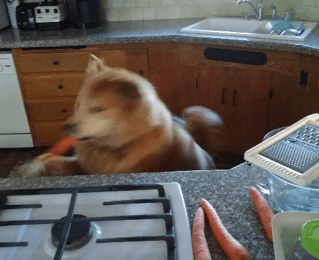
Never feed a newborn when he is cold as he could suffer aspiration pneumonia or gut motility problems and won’t be able to properly digest his food. Warm fluids should be administered until your bundle of fur is warm enough to be fed.
An eye dropper or a bottle with nipple will be needed for a puppy who does not have a mom to nurse him. Each feeding can take 20-30 minutes and you should use a sewing needle or a 16- to 18-gauge hypodermic needle to pierce the tip of a new nipple.
Too large of an opening could cause the pup to aspirate formula into their lungs. Too small of an opening will prevent him from getting the nutrition he needs, so double check with your vet regarding larger breed dogs.
Always clean the bottle and nipple thoroughly in hot soapy water, then hold at a 45-degree angle with light tension on the bottle to prevent air from getting into the young one’s stomach. If the puppy refuses the bottle, try rubbing his forehead or back to simulate how mom would clean him and encourage him to nurse.
Let him suck at his own pace but do not overfeed – animals generally let you know when they’ve had enough. Should the animal appear to be choking, immediately and carefully hold him upside down. Consult with your veterinarian as to the appropriate formula – cow’s milk is not a good substitute.
By four weeks, mini canines will start biting at the nipple letting you know it’s time to transition to wet food. Diarrhea is normal and to be expected at each food transition. At the six-week mark, be sure you are using puppy kibble so that the bits are small enough to be chewed by teeny weenie teeth.
At 8 weeks, the kibble size may be increased, especially for large breed puppies, as long as they are able to chew the bits comfortably – you do not want a choking incident.
After each meal, take the puppy outside on a leash with you to train them where to go. If they need encouragement, use a cotton ball dampened with warm water to wipe the anal and urogenital areas.
Remember to wash your hands before and after handling neonates. Always use clean towels and don’t believe the old wives tale about newspaper being sterile, unless it is non-inked! The ink from newspapers can be toxic and easily absorbed through the skin.
Although they should be drinking water on their own, test hydration daily by feeling that gums are wet. You can also gently pull up on the skin at the nape of their neck and release, as a well-hydrated animal’s skin will snap back quickly – within one second or less.
If the skin stays in a peak or takes 2-3 seconds to return to position, give fluids through a needle-less syringe or eye dropper and seek medical attention immediately.
Socializing
Emotional and physical closeness is important to puppies. Let them snuggle and get them used to you touching them all over. Find out which toys stimulate their brain power and develop their motor skills. As they reach 6-8 weeks old, they should be out of their crates more safely exploring the world WITH YOU.
Keep a watchful eye making sure cords and strings are out of paws reach, that there are no chemicals or cleaning products on the floor, and watch that they don’t slip between furniture or escape from the house completely.
Pull out the vacuum cleaner, ring the doorbell, clap your hands, and play the stereo. Pop some corn and introduce pets to people of different sizes, ages, sexes…people with hats, facial hair and wearing uniforms. Take pets in carriers secured to seats, for short car rides, letting them hear motorcycles and screeching tires.
A puppy’s favorite toy or treat can turn a scary bicyclist or skateboarder into a new friend. Walk by a senior center or hospital so she can experience a walker or wheelchair. Bring young dogs to the veterinarian just to sit and receive a treat, desensitizing them for when they need an exam and vaccinations.
Pets get sick from coming in contact with other animals’ urine or feces. Keeping your less than four-month-old pup away from public grass and water greatly decreases her chance of contracting disease, but this doesn’t mean he can’t play in safe areas or maybe stroll in a wagon to see the sights and sniff the smells. Take due diligence to expose your pets to healthy animals only.
Conclusion
I hope this detailed new puppy checklist has made you savvier in what concerns taking care of a young dog. Just remember to always be in the moment with your puppy, let them experience the world under your watchful eye, and enjoy one of the truly greatest friendships of your life!
If you have any other tips you’d like to share with our readers or you want to add to our new puppy checklist, leave me a comment!
DENISE FLECK is an award-winning author, animal care instructor and radio show host. She was named one of Pet Age Magazine’s “Women of Influence” for 2018, a “Most Inspiring Story” in 2017 by Voyage Atlanta Magazine and has been nominated for 6 Dog Writers Awards to be announced in early 2019.
Read more »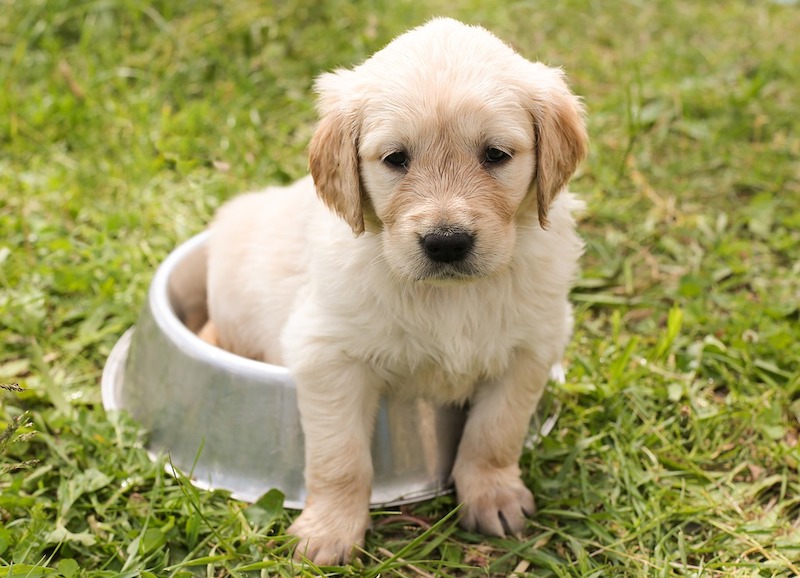
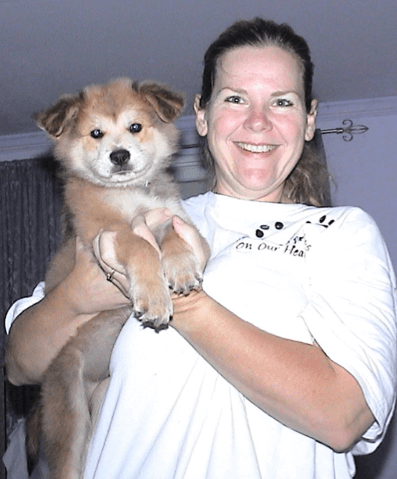


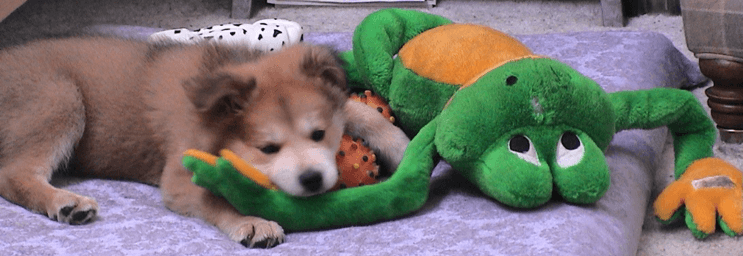
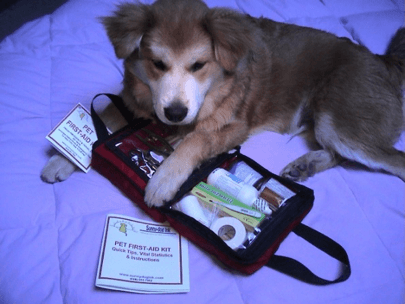
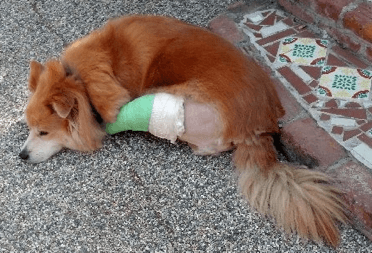
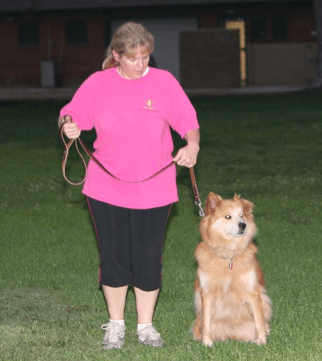



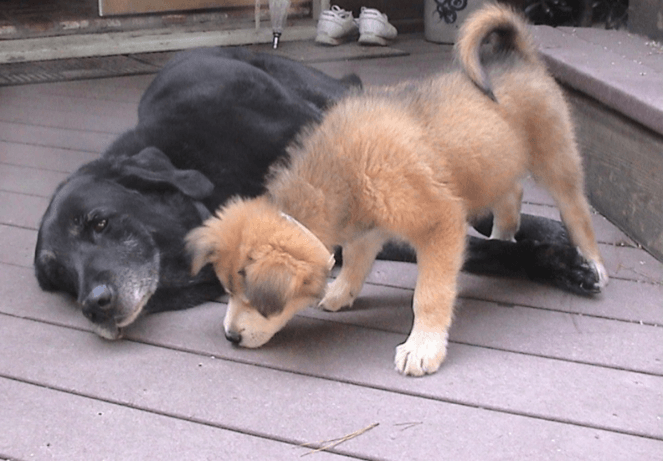
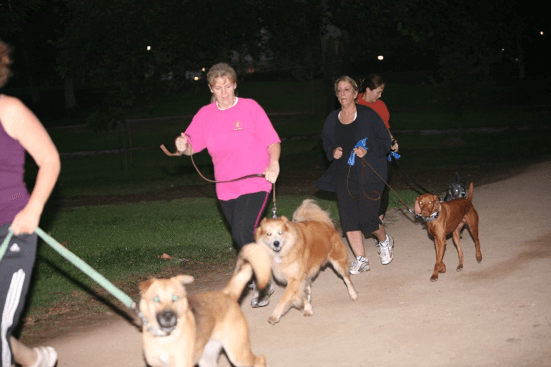
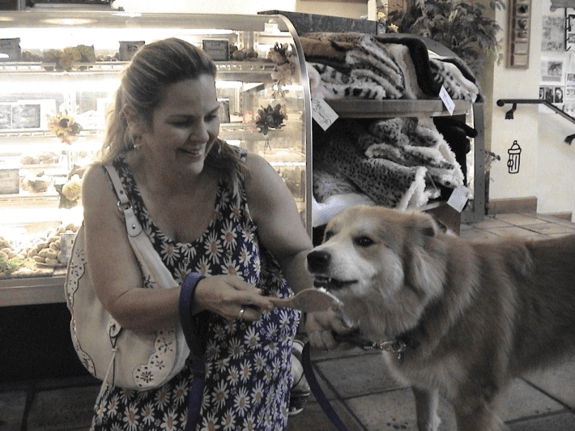
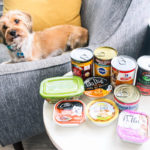
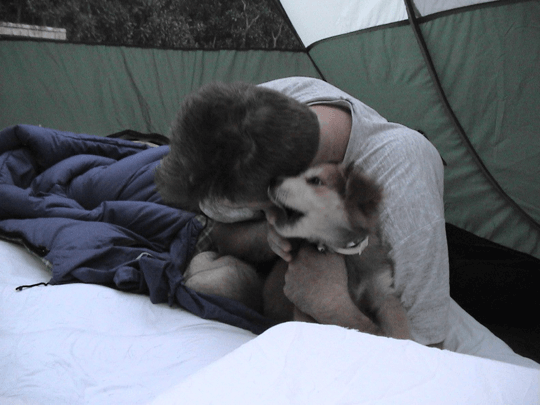
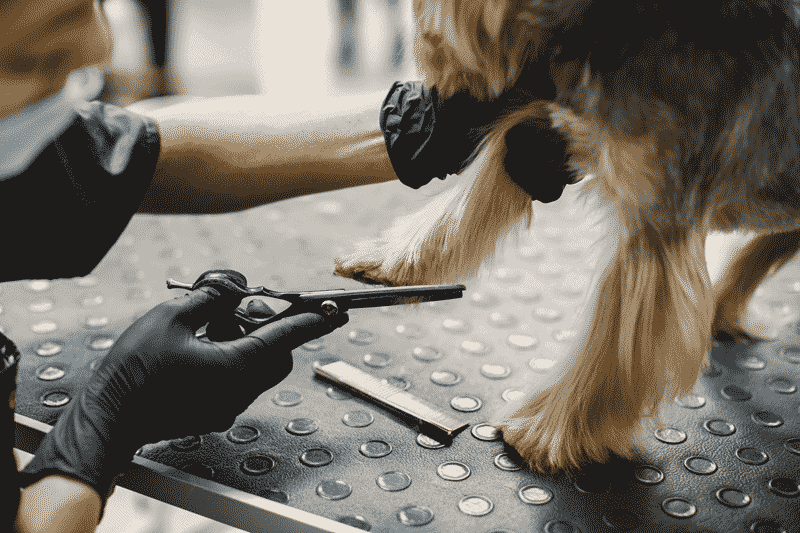
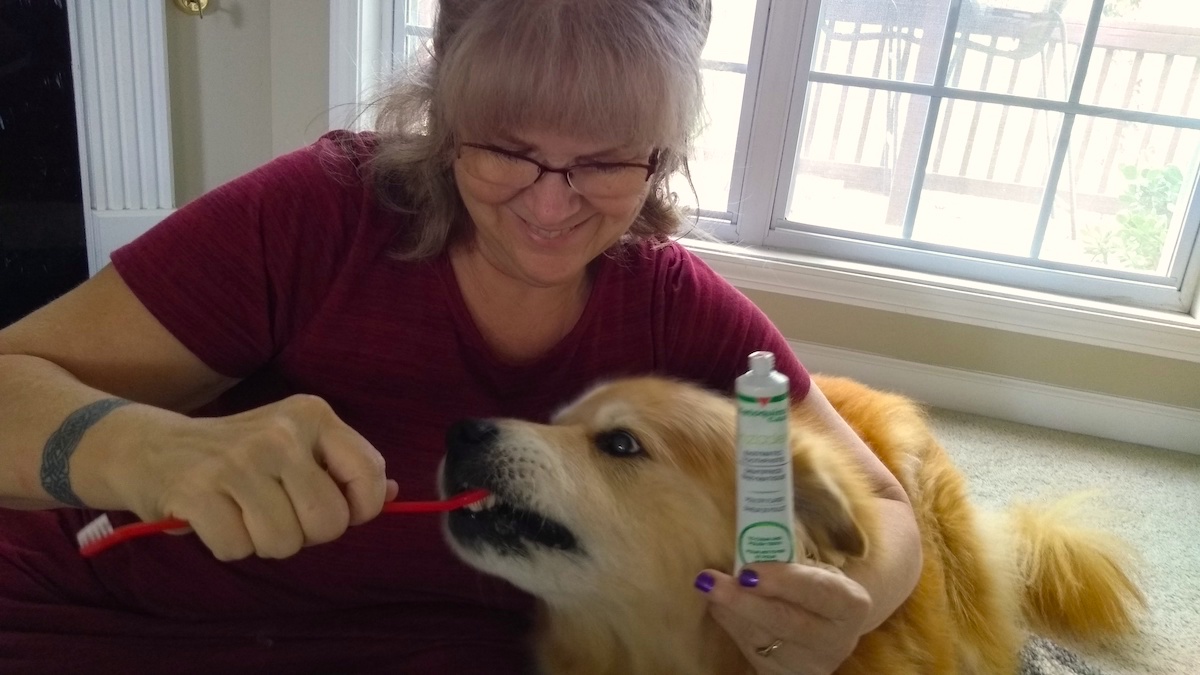

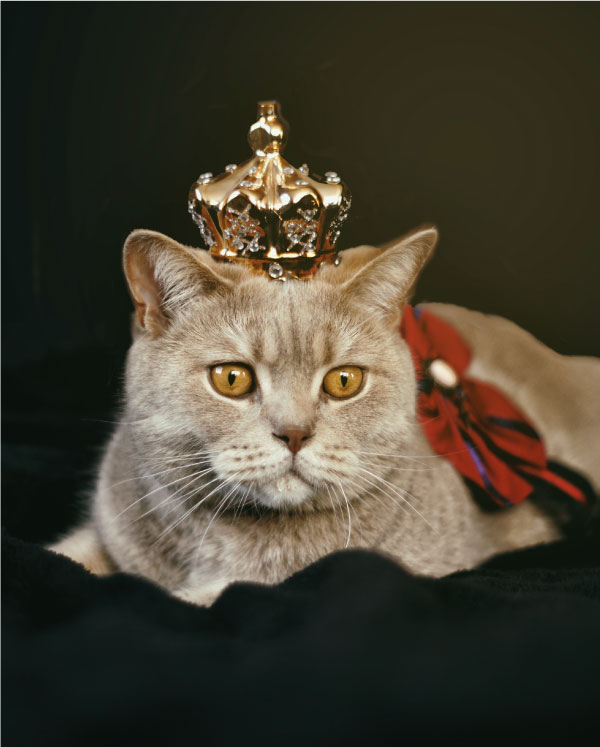
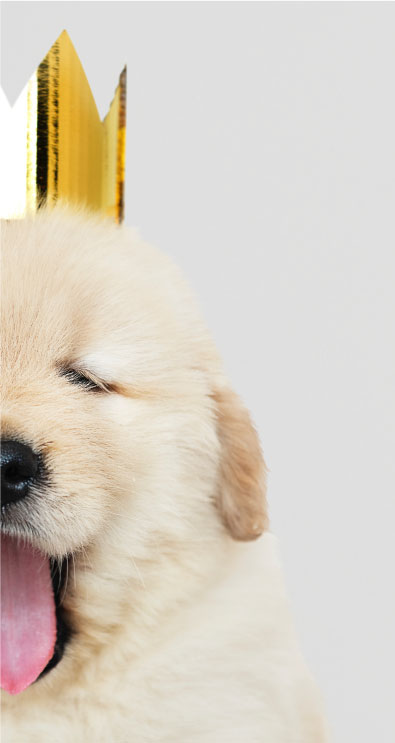
Thank you for some other great article. Where else may just anybody get that kind of info in such a perfect way of writing? I have a presentation subsequent week, and I’m at the look for such information.
Thank you so very much for your kind words. We are very pleased that you found the article to be informative and helpful with your research. We plan to bring you more great articles to help you help your pets!